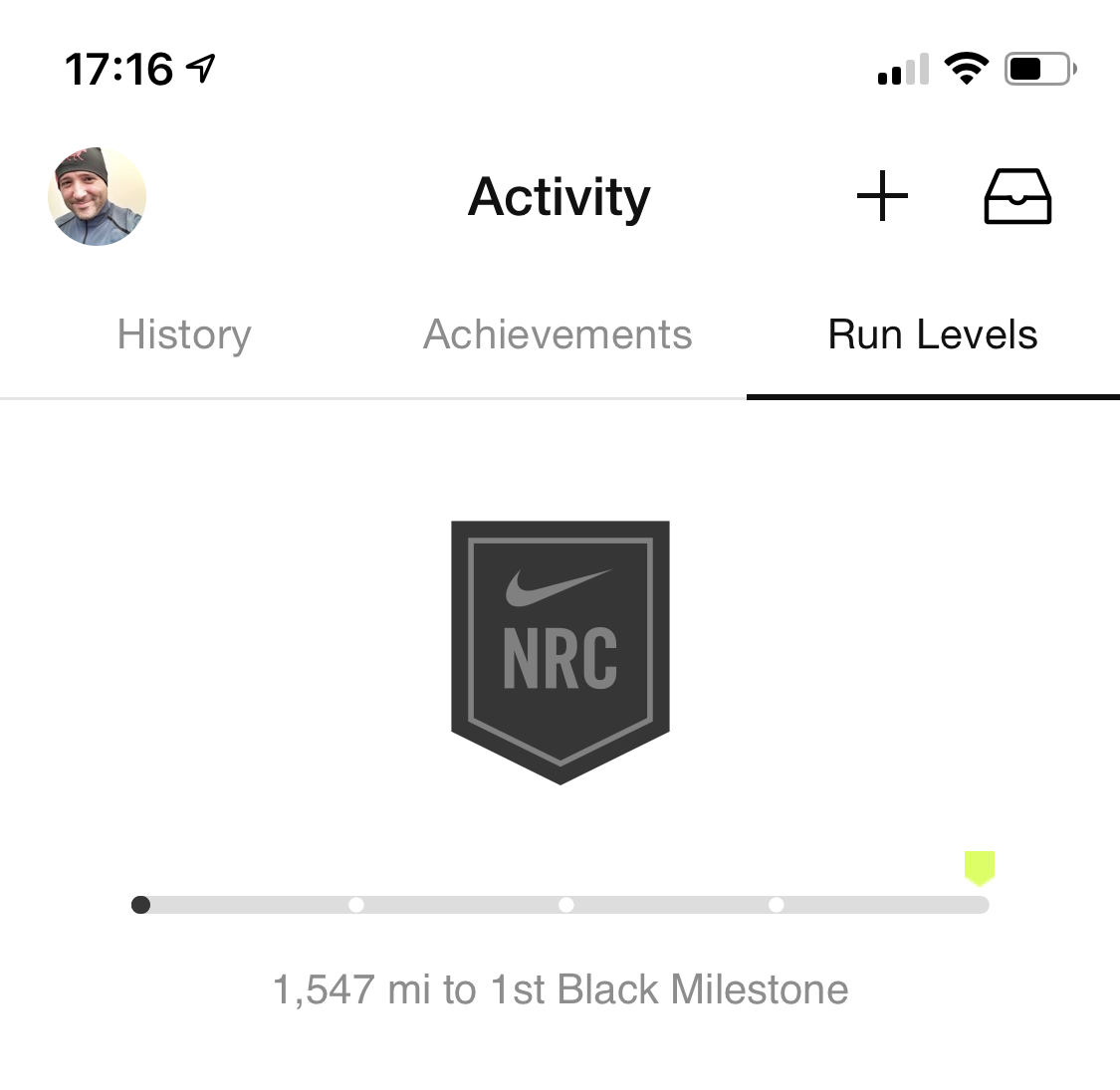The beauty of running is that you don’t have to spend a lot of money to get started. There is however, one area you shouldn’t skimp on, and that is shoes. Everything else mentioned here is optional.
Shoes
I’m not saying you can’t get a good deal on shoes, but until you know what you’re doing I highly recommend you visit a good local running store to get your first pair fitted. They will examine how you run and find you a pair of shoes that suit your running style.
When I first started running, I know this. I ran in an old pair of Asics Gels that I picked up in Rack Room Shoes. Got a deal, sure, but my knees suffered for it. It was because of that experience I decided to visit a specialized running store. I’m a neutral runner, and my first pair of fitted shoes were Brooks Launch. They cost around $100.
Another mistake people make is not changing their shoes frequently enough. The support in the shoe will start to break down and leave you prone to injury. It is recommended that you change your shoes every 350-500 miles.
I stuck with Brooks for my second pair, picking up the latest Launch model, Launch 3. Such a good shoe.
Again, I was glad to have them fitted because I had to actually buy a size bigger in this updated model. If I had simply ordered online I may have run into trouble.
Today, my current shoes (approaching end of life now) are Hoka One One Clifton 3‘s. These cost a little more (but so worth it). Around $130-140 at most running stores.
When you start out running for the first time, your shoes will last you for a long time. It should go without saying — make sure you wear a good pair of running/technical socks.
I’m running 100+ miles per month now so I’m having to change shoes every 3-4 months.
GPS Watch
I use a Garmin Forerunner 230. I used to use my phone (+ Nike Running Club app) to track my runs, but it annoyed me to have to carry it on my arm. I liked the idea of using a GPS watch instead so that I could leave my phone at home sometimes. The watch also allows me to track my heart rate when I wear the chest strap.
The Forerunner 235 model comes with a built in wrist heart rate monitor, but I opted for the separate strap monitor as the Forerunner 230 has much better battery life. I only train with heart rate monitor periodically to check if my VO2 Max has improved (more on that another time).
Phone
Yes, I still bring my phone on most runs — particularly the longer ones. I’ve been known to call my wife to come get me if I’m beat. She’s good to me like that. Plus, I like to take a photo or two to post my run stats to Instagram.
Belt
I usually wear a hydration belt (without the bottles), to carry my phone, car/house key, identification, gel packs, etc. I still struggle to find the perfect hydration solution for me. I hated the water slushing about on my waist as I ran, which is why I never carry the bottles.
Hydration Pack
With the weather starting to heat up quick, I did recently buy a hydration backpack from Camden Gear. I’ve been on a couple of runs with it, and I don’t particularly like running with it either, but it’s been the best solution so far. With the summer heat in North Carolina it may actually be a necessity on the longer runs.
Visibility
Most of my weekday runs are in the dark, and on the road. It’s important to be as visible as possible for the incoming traffic. I wear a bright led flashing light attached to my belt. It’s the bare-minimum I think, and I know there’s much room for improvement here.
Missed Anything?
Have I missed any gear you could not run without?






